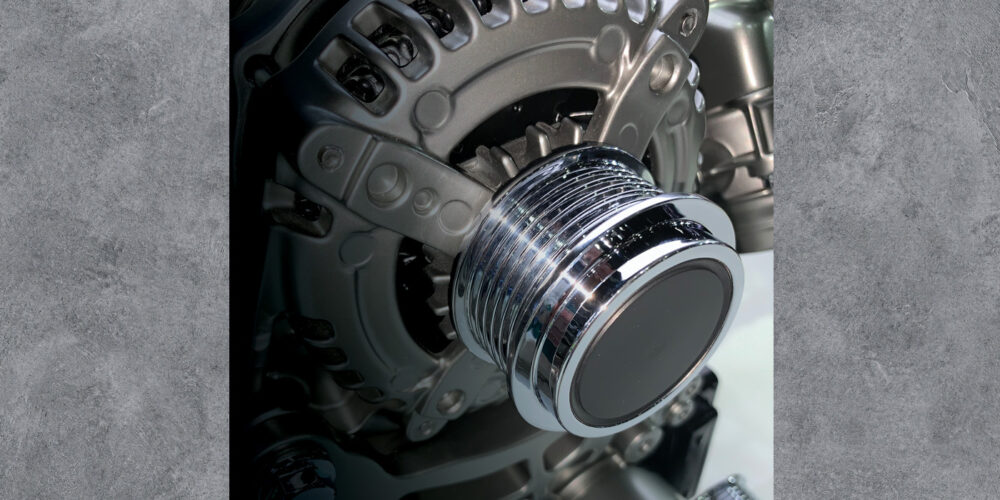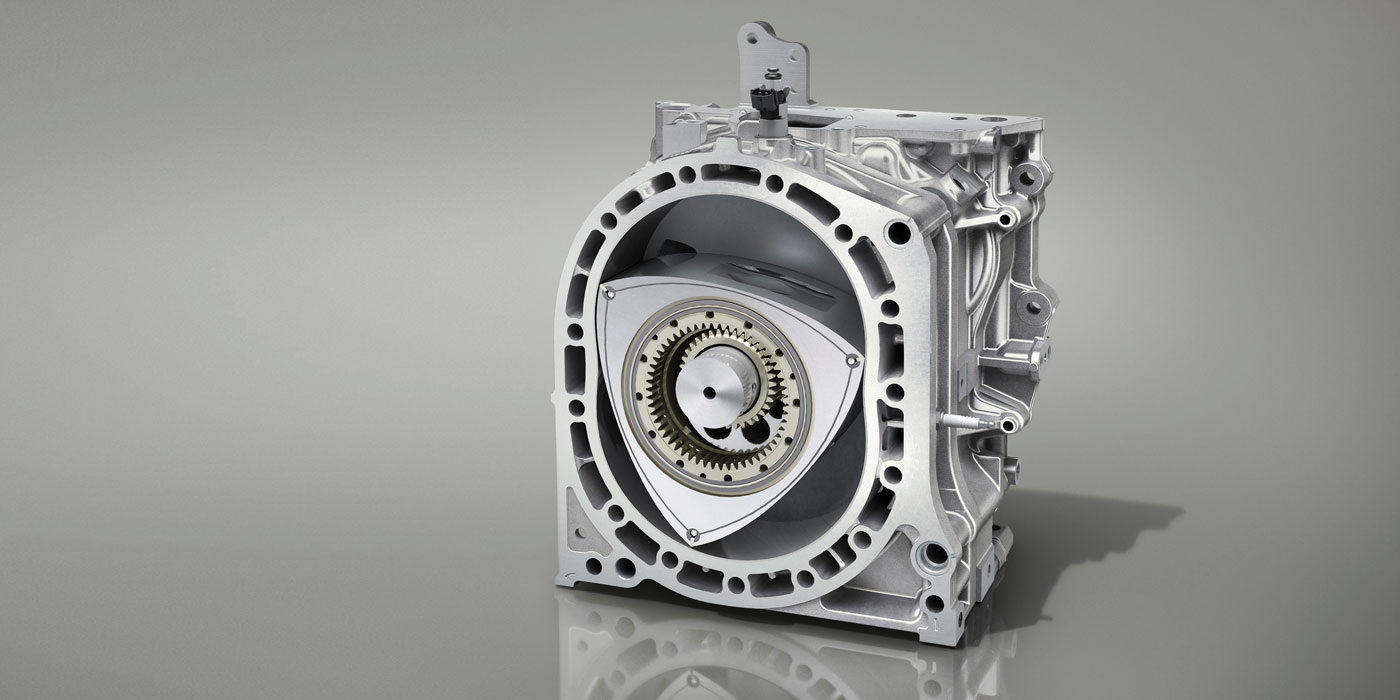Here’s the scenario: A customer comes into your store looking for an alternator for their vehicle. You look up the year, make and model and you see an application note on the screen. It tells you to ask the customer whether or not the vehicle is equipped with stop/start technology.
As with many of the technological advancements from the past decade or two, stop/start came about thanks to the need to meet ever-tightening emissions and fuel-economy standards. In the late 1990s to early 2000s, hybrid vehicles were on the rise. These vehicles could propel themselves purely on electric drive, then start the engine as needed
based on driving conditions and driver input.
The problem was that traditional starters weren’t up to the task. They cranked the engine over too slowly, and the process was rather jarring. So, reinforced starter motors and flexplates were designed to combat this issue.
Over time, automakers started to include stop/start systems in more and more vehicles. This is largely due to the fact that it was a simple way for OEMs to reduce carbon emissions from their entire lineup, and they receive certain incentives (or avoid costly penalties) for accomplishing this goal.
Engines today are far more fuel-efficient than those that came before them, but automakers still need to squeeze everything they can from every drop of fuel. Or, in this case, they’re trying to reduce how much fuel is wasted during everyday driving. In an urban environment, vehicles can end up sitting at idle up to 35% of the time. The energy from burning fuel at idle is wasted since the vehicle isn’t in motion, but the vehicle still is producing harmful emissions.
With the ability to stop and start the engine as needed, automakers are able to reduce the carbon footprint of their entire lineup. To you and me, it might not seem like much can be gained by stop/start technology. But, when you think about the number of vehicles on the road today, you can see the benefit a bit more clearly. It’s estimated that stop/start systems can reduce CO2 emissions by up to 10%, and maybe slightly more depending on conditions.
The engine stops whenever the vehicle comes to a stop, then restarts immediately as soon as the driver transitions from the brake pedal to the throttle. Most stop/start systems crank the engine over at a higher RPM when compared to the initial cranking speed. This helps to make the process less jarring and less noticeable to drivers and passengers alike.
Is a Stop/Start Alternator Different?
The short answer is yes, but how so varies from one automaker to the next. Many modern-day alternators will have some sort of integrated control module on board. However, a stop/start alternator may be responsible for starting the engine as well as recharging the battery. This unit is commonly referred to as a starter/alternator.
A starter-alternator is used by the PCM to crank the engine via the belt drive. The belt may contain more teeth (the belt may be wider) due to the load and stress applied while cranking. Starter-alternators boast faster engine startup than traditional starters, and they can do it without making as much noise or vibration. The traditional starter will crank the engine for the initial startup, then the starter/alternator will handle all of the restarts until the next driving cycle.
How long does a traditional alternator typically last? In most cases, one could expect an alternator to last for 90,000 to 120,000 miles, maybe more. A stop/start alternator should see a similar life expectancy. If the alternator fails within 10,000 to 20,000 miles, there might be another issue that’s causing the premature failure. This could include a bad battery; wiring issues (loose connections, corrosion, intermittent shorting, etc.); overload from non-factory electronics; and/or a faulty voltage regulator (though these days this is usually integrated into the alternator).
Tips and Tricks
Stop/start might not be very popular among consumers, but this technology has led to multiple innovations and changes across the industry. For example, electric air-conditioning compressors and water pumps have been developed so that they can operate while the engine is off.
So, what should you tell your customer if they’re replacing a stop/start alternator? Try to make sure they’re repairing the problem – not just a symptom – and sell them the complete repair. If their vehicle has a starter/alternator, they should be inspecting the condition of the entire belt drive. This includes the pulleys, the belt and especially the tensioner. If the belt isn’t tensioned properly, they could experience a number of symptoms, including noises, improper charging voltage, intermittent cranking issues and more.
Don’t forget about the battery and cables! Always replace the battery with one that’s comparable to the OE-specified unit. The main battery typically is either an absorbent glass mat (AGM) or an enhanced flooded battery (EFB). These batteries are more advanced, and better able to support the increased number of charging cycles and additional load placed on the system by the stop/start features. Clean all electrical connections and protect them if necessary to prevent future corrosion.
As always, it’s best practice to reference the OEM service information whenever servicing the alternator on a stop/start vehicle. Always respect the OEM’s recommendations when it comes to specific tooling, torque specifications and tightening sequences. Whenever possible, connect a scan tool to the vehicle and look for fault codes. A scan tool that’s capable of bi-directional communication might be required to reset the battery-recognition or battery-life monitor. CM













